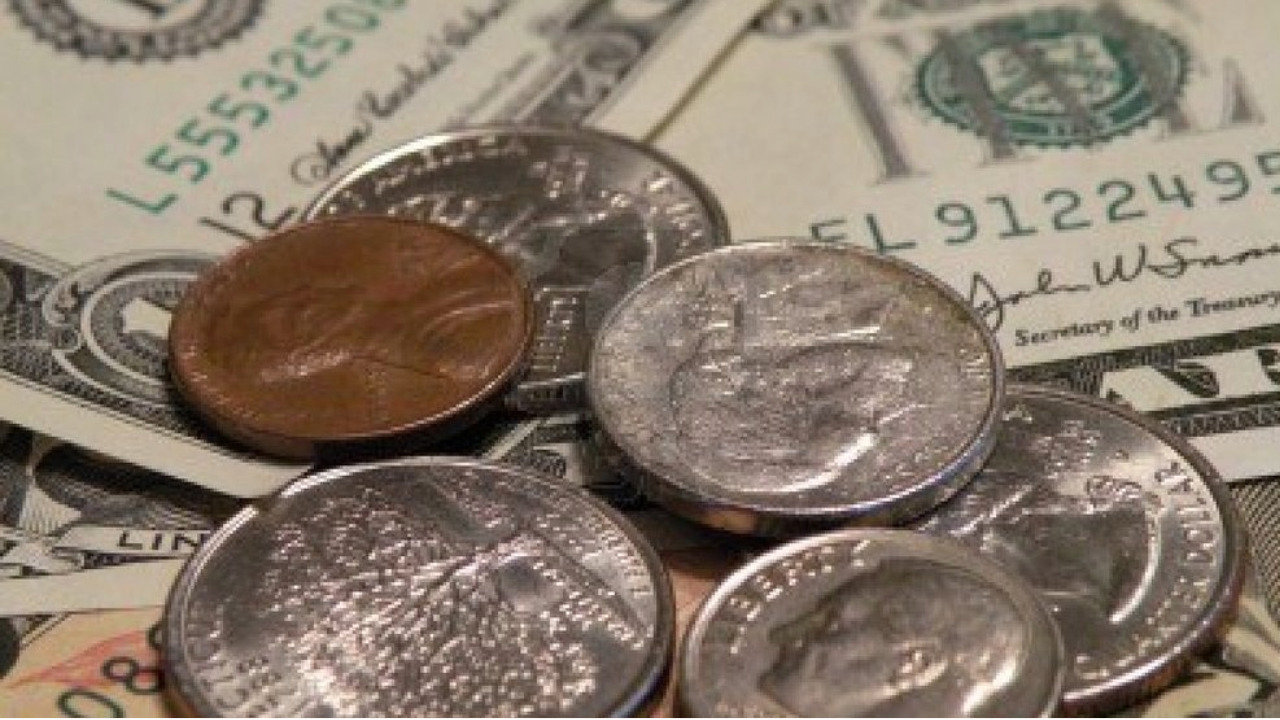Guarding Against the Wrong Change Scam
The Wrong Change scam is a deceitful tactic that involves receiving incorrect change after making a purchase, with the goal of dishonestly profiting at the expense of unsuspecting customers. Arm yourself with knowledge to protect your hard-earned money and thwart this deceptive scheme.
The Wrong Change scam occurs when a cashier intentionally provides incorrect change, hoping that the customer won’t notice the discrepancy. This can involve giving less change than owed or substituting higher denominations with lower ones. Apply these tips when CONUS and OCONUS. Know the exchange rate of the country you are traveling through.
Upon receiving change from a transaction, take a moment to count it right away. Resist the urge to rush, and ensure that the amount handed to you matches the correct change based on your purchase. I’ve had cashiers roll their eyes at me when I count my change. It doesn’t matter to me what they think or feel. I want to make sure that I am given the correct change back.
Be familiar with the denominations of currency you are using. This awareness makes it easier to detect if you are handed the wrong bills or an insufficient amount of change. Be aware of the bill denomination that you gave the cashier, waiter or shop keeper. I was told by a cashier before that I gave her $5.00 instead of a $20.00 bill. She continued to argue with me, until I told her to show me what she had in her closed fist.
If you receive larger bills as change, double-check them carefully. Some scammers may attempt to substitute higher denominations for lower ones, hoping you won’t notice the difference. If you have the exact amount for a purchase, consider using it. This reduces the chance of receiving incorrect change and simplifies the transaction.
Check your purchase receipt against the amount you paid and the change you received. This additional step can help you identify any discrepancies and address them immediately. If you suspect you’ve received the wrong change, address the issue politely with the cashier. Calmly point out the discrepancy and request the correct amount owed to you.
Scammers may use distractions or engage in conversation to divert your attention from the transaction. Stay focused on the exchange of money to prevent falling victim to this tactic. If you encounter the Wrong Change scam, document the details of the incident. Note the time, date, location, and the name or description of the cashier. This information can be useful if you need to escalate the matter.
If you believe you’ve been a victim of the Wrong Change scam, report the incident to the store management or business owner. Provide them with the details of the occurrence, including any evidence you may have. Share your experience with friends, family, and on online platforms. Raising awareness about the Wrong Change scam helps others recognize the signs and protect themselves from falling victim to similar schemes.
Being vigilant and proactive in checking your change is a simple yet effective way to safeguard your finances. Remember, your attention to detail can make a significant difference in thwarting attempts to exploit the trust of unsuspecting consumers. Stay informed, stay cautious, and empower yourself against deceptive practices.
